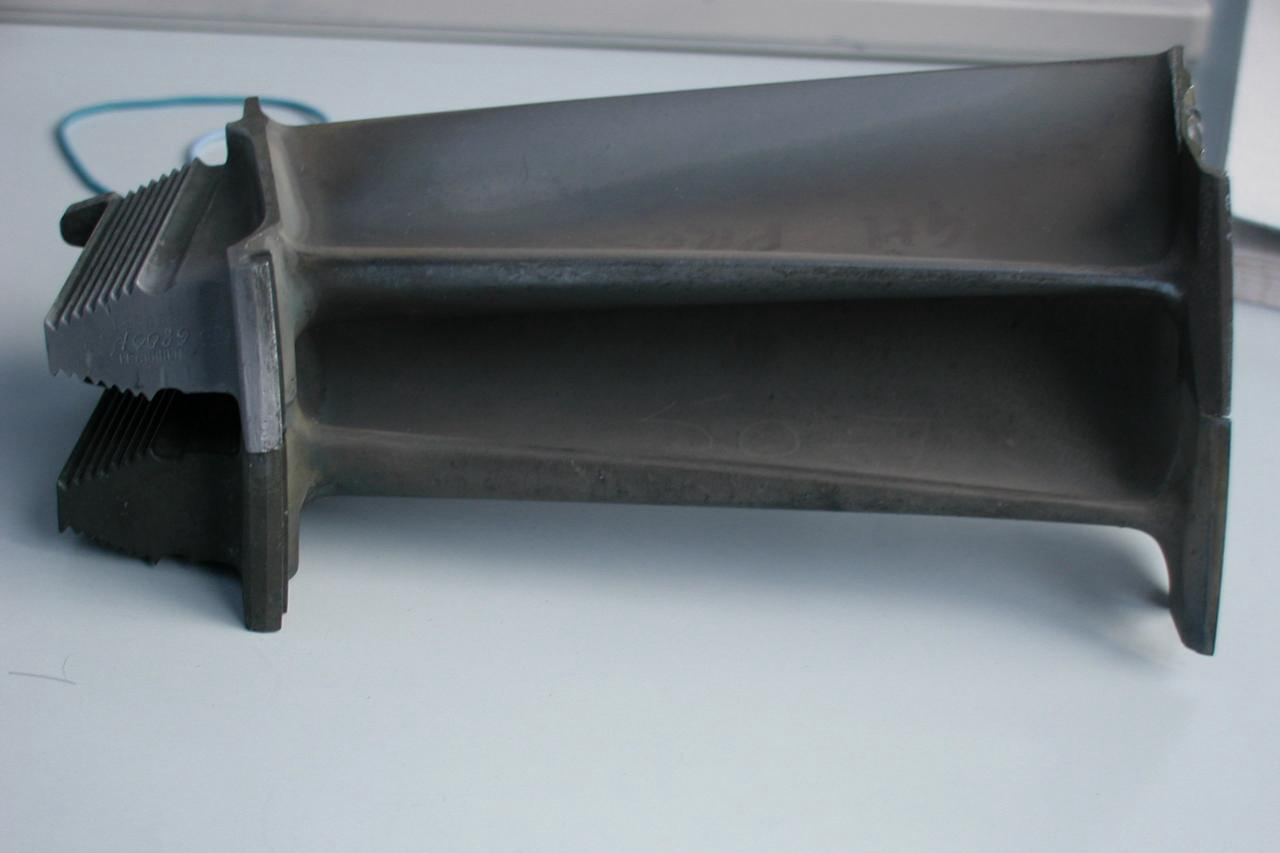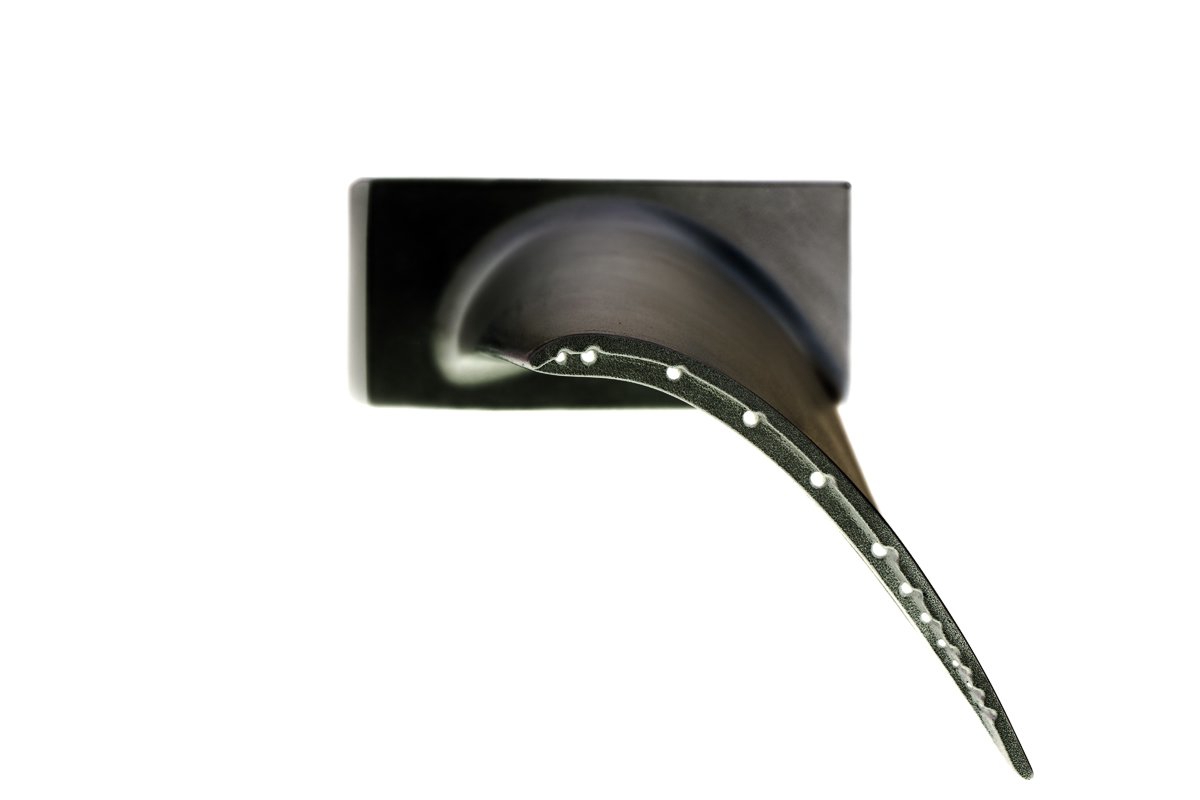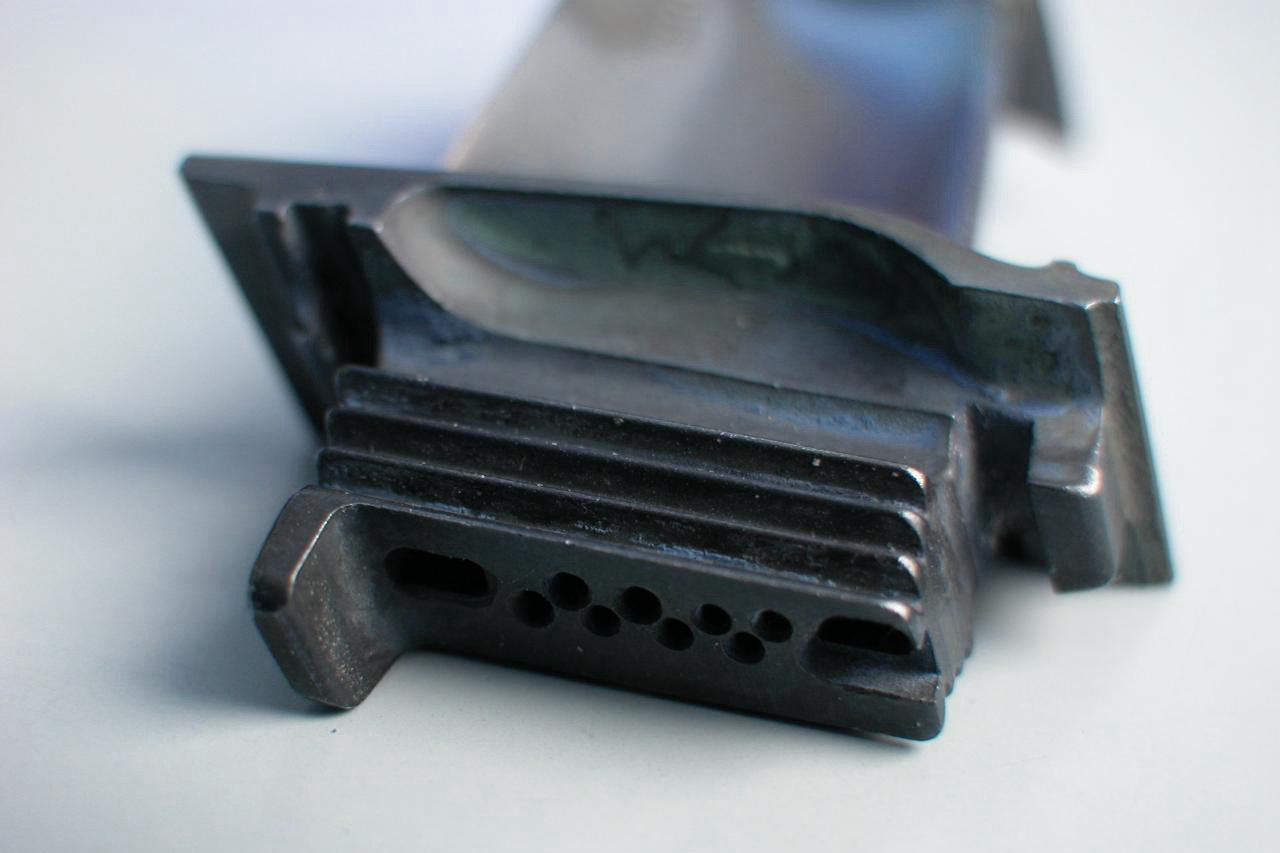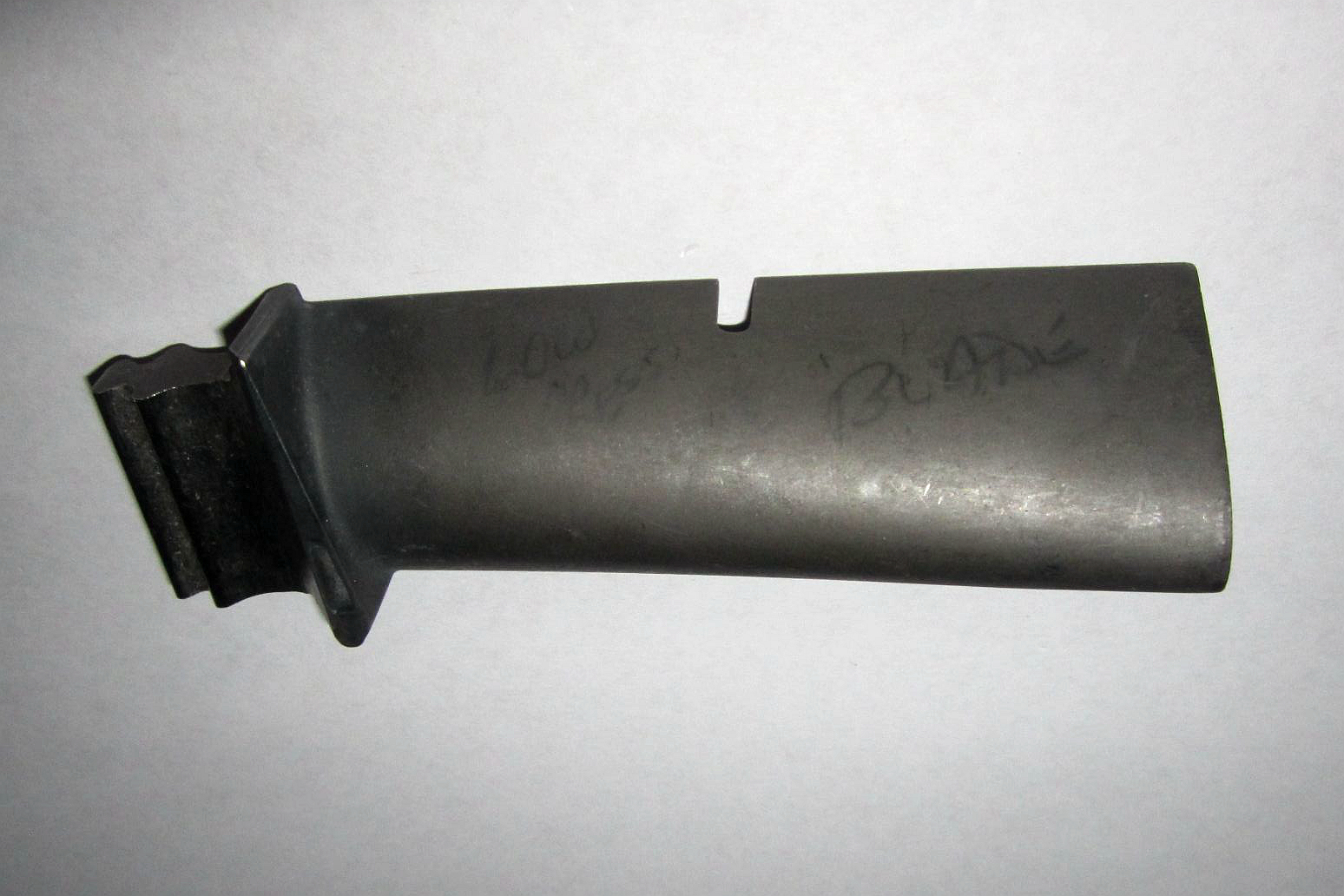Corrosion Resistance Testing for Single Crystal Superalloy Components Longevity
Superalloys, especially those used in high-performance applications, are renowned for their exceptional strength and ability to withstand extreme environmental conditions. However, even the toughest superalloys are vulnerable to corrosion when exposed to harsh environments in industries like aerospace and aviation, power generation, and chemical processing. Corrosion resistance is a critical factor in determining the longevity and reliability of these materials.
Single crystal superalloys, often used in turbine blades, combustion chambers, and other critical components, are particularly susceptible to corrosion due to their intricate microstructure. The unique properties of single-crystal alloys—such as their superior mechanical strength and thermal stability—make them ideal for extreme conditions. Still, they also pose challenges in protecting them against corrosion. Understanding how these materials behave under corrosive conditions is essential to ensure they perform reliably throughout their service life.

In industries like marine and oil and gas, where components are exposed to high temperatures and corrosive environments, the ability of superalloys to resist corrosion is crucial. For components like superalloy exhaust system parts and high-temperature alloy engine components, understanding corrosion behavior and employing protective treatments is essential for maintaining performance and extending service life.
What Is Corrosion Resistance Testing?
Corrosion resistance testing involves subjecting superalloy components to controlled environments that simulate the corrosive conditions they will face during operation. The goal is to evaluate the material’s ability to resist corrosion, oxidation, and other forms of degradation that can compromise its performance, particularly in high-temperature alloy engine components.
Several methods are used in corrosion resistance testing, depending on the application's specific requirements. One of the most common tests is the salt spray test, which subjects the material to a fine mist of salt water in a controlled chamber to simulate marine or offshore environments. Another widely used method is cyclic oxidation testing, where the superalloy is exposed to alternating high temperatures and oxidizing gases, simulating the operating conditions in turbine blade casting.
In addition to these accelerated tests, superalloy components may also undergo exposure to specific chemicals, moisture, and other corrosive agents to determine their susceptibility to environmental degradation. The results of these tests are used to assess how well the material will perform over time and whether additional treatments or coatings are necessary, especially in superalloy turbine disc manufacturing.
Measurement Methods for Corrosion Resistance Testing
Corrosion resistance is typically measured through physical inspection and more advanced testing techniques. Weight loss measurements are commonly used to determine how much material has been corrupted during exposure. This method involves weighing the part before and after testing to quantify the extent of degradation. These tests are essential for superalloy components used in aerospace and power generation, where corrosion resistance is crucial for maintaining operational reliability.
Visual inspection is another essential tool, allowing technicians to examine the surface of the superalloy for signs of corrosion, such as pitting, cracking, or discoloration. More advanced techniques, such as scanning electron microscopy (SEM) or X-ray diffraction, can provide detailed images of the material’s microstructure, helping to identify corrosion at a microscopic level. This type of analysis is vital for precision parts like turbine blades and engine components, where even minor corrosion can lead to catastrophic failure.
Standard Testing Protocols
Corrosion resistance testing must follow established industry standards to ensure consistency and reliability. These standards are set by ASTM (American Society for Testing and Materials) and ISO (International Organization for Standardization), which provide guidelines on testing procedures, environmental conditions, and acceptable performance criteria. Adhering to these standards is especially important for superalloy casting and powder metallurgy processes, ensuring that parts meet the necessary quality benchmarks for demanding applications.
For example, ASTM B117 outlines the procedure for salt spray testing, while ASTM G34 provides standards for high-temperature corrosion testing of metallic materials. These protocols ensure that corrosion resistance testing is performed under controlled, reproducible conditions and that the results can be reliably compared across different materials and tests. By following these rigorous standards, manufacturers can guarantee that their superalloy components, whether used in reactor vessels or jet engines, will perform reliably in the harshest environments.
Superalloy Parts That Benefit from Corrosion Resistance Testing
Corrosion resistance testing is crucial for ensuring the durability and reliability of superalloy parts, especially in industries such as aerospace, energy, and defense. These parts often face harsh environmental conditions, and corrosion resistance testing helps to verify that they can withstand these challenges. Below are some superalloy parts that benefit from corrosion resistance testing:
Superalloy Castings
Superalloy castings, including turbine blades, impellers, and combustion chambers, are commonly exposed to high temperatures and corrosive gases during operation. The casting process can sometimes introduce porosity or surface imperfections, making these components more vulnerable to corrosion. Corrosion resistance testing helps identify weaknesses and ensures cast components can withstand the harsh environments encountered in aerospace and power generation applications. Testing confirms that these castings will perform reliably in environments exposed to extreme thermal and chemical stresses.
Forged Superalloy Parts
Forged parts, such as turbine discs, shafts, and structural components, must endure high mechanical and corrosive stresses. These parts require extensive corrosion resistance testing to ensure they can resist degradation due to environmental exposure while also maintaining their mechanical properties under load. Corrosion resistance testing simulates these components' environmental conditions over time, helping manufacturers evaluate their long-term durability and performance in demanding industries like aerospace and power generation.
CNC Machined Superalloy Parts
CNC-machined superalloy parts, such as valve bodies, connectors, and housings, are used across various industries, including aerospace, automotive, and chemical processing. These parts often have fine surface finishes and are prone to corrosion, especially if microcracks or defects are present. Corrosion resistance testing ensures that even the most minor weaknesses, invisible to the naked eye, are identified and corrected before the parts are put into service. This testing ensures that CNC-machined parts can perform reliably without degradation in harsh operating environments.
3D Printed Superalloy Parts
3D printing has revolutionized the production of superalloy parts, especially for complex or customized components in aerospace and other high-performance applications. However, 3D printed superalloy parts can exhibit unique surface characteristics, such as roughness or porosity, which make them more susceptible to corrosion. Corrosion resistance testing is essential for these parts, ensuring they meet the same performance standards as traditionally manufactured superalloy components. This testing helps guarantee the parts' reliability and longevity, ensuring they can withstand the rigorous demands of high-temperature and corrosive environments.
Corrosion resistance testing is critical in ensuring all these superalloy parts meet the stringent standards required for high-performance applications. By identifying and addressing potential weaknesses before parts are deployed, manufacturers can ensure that their products maintain integrity and functionality throughout their operational lifespan.
Comparison with Other Processes
While corrosion resistance testing is crucial, it is just one part of the overall process of ensuring the durability of superalloy components. Other processes, such as surface coatings, heat treatment, and material alloying, are also employed to enhance the material's resistance to corrosion.
Surface Coatings
Surface coatings, such as thermal barrier coatings (TBC) or plasma-sprayed coatings, can provide additional protection against corrosion. These coatings are typically applied to parts exposed to extreme heat or corrosive gases. However, while coatings can improve corrosion resistance, they are not always foolproof. Corrosion resistance testing provides a more comprehensive evaluation of how the material will perform over time beyond the protection offered by coatings. In addition, material testing can offer further insights into the material's long-term durability in aggressive environments.
Heat Treatment and Alloying
Heat treatment and alloying can also enhance the corrosion resistance of superalloy components. Heat treatment processes such as solutionizing, aging, and precipitation hardening can improve the material’s overall resistance to corrosion and other forms of degradation. Similarly, alloying different elements into the superalloy can increase its resistance to oxidation and chemical attack. However, these processes may not be sufficient to fully predict the material's long-term performance in real-world conditions, making corrosion resistance testing an essential step in the evaluation process. Moreover, chemical verification is vital for confirming that the alloying elements are in the correct proportions to maximize performance.
Industry and Application of Corrosion Resistance Testing
Corrosion resistance testing is critical across various industries where superalloy components are used in demanding environments. The following industries rely heavily on these tests to ensure the longevity and safety of their components, protecting them from premature failure and ensuring optimal performance under harsh operating conditions.
Aerospace and Aviation
In aerospace and aviation, components like turbine blades, heat exchangers, and combustion chambers are exposed to high temperatures, oxidative gases, and other corrosive elements during operation. Corrosion resistance testing ensures these components can withstand extreme flight conditions and continue to perform reliably. For example, testing helps ensure that superalloy turbine blades retain their strength and functionality at high altitudes, where temperatures and stress levels are significant.
Power Generation
In the power generation industry, gas turbines, steam turbines, and other critical power generation equipment rely on superalloy components that resist oxidation and corrosion. Corrosion resistance testing helps ensure these parts can withstand the high-temperature gases and moisture they encounter during operation, preventing early failure and minimizing downtime. Parts like superalloy heat exchangers are particularly vulnerable to corrosion under high thermal stress, making rigorous testing essential for long-term reliability.
Oil and Gas
In the oil and gas industry, components such as pump shafts, valves, and pressure vessels are exposed to aggressive chemicals, high temperatures, and mechanical stresses. Corrosion resistance testing helps guarantee that these parts will perform optimally in challenging environments, including offshore drilling platforms and pipelines. For instance, superalloy pump components undergo rigorous corrosion testing to withstand exposure to chemicals and the high-pressure conditions in oil extraction and transportation systems.
Marine
In the marine industry, superalloy parts are required to resist saltwater corrosion. Components such as naval ship engines, propellers, and exhaust systems must endure constant exposure to corrosive seawater. Corrosion resistance testing ensures that these parts will perform reliably over time. Testing ensures that superalloy naval ship modules maintain their structural integrity and resistance to corrosion in harsh marine environments, helping reduce the risk of failure during operation.
Chemical Processing
In the chemical processing industry, chemical reactors, heat exchangers, and other components used in processing plants are constantly exposed to corrosive chemicals and high temperatures. Corrosion resistance testing ensures that superalloy components in these environments maintain their structural integrity and performance over time. Components like superalloy reactor vessel components are subjected to corrosion testing to guarantee their ability to withstand chemical attacks without compromising their functionality.
Corrosion resistance testing ensures the reliability and safety of superalloy components used in these industries. Identifying potential weaknesses and ensuring enhanced protection helps prevent catastrophic failures, reduces maintenance costs, and ensures critical systems can operate efficiently for the long term.
FAQs
What is the primary goal of corrosion resistance testing for single crystal superalloy components?
How does corrosion resistance testing for 3D-printed superalloy parts differ from other manufacturing methods?
What are the most common testing methods used in corrosion resistance testing for superalloy components?
How does the corrosion resistance of superalloy castings compare to forged or CNC-machined parts?
Why is corrosion resistance testing crucial for industries like aerospace and power generation?




